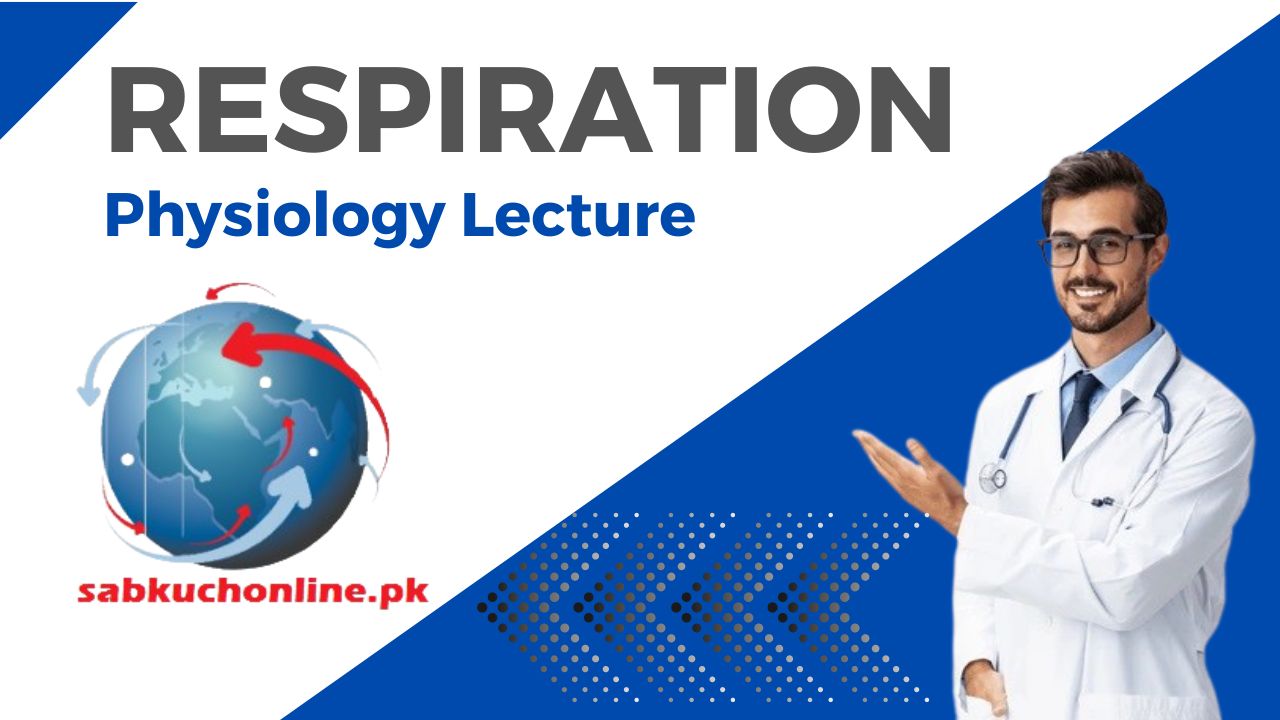Breath is a natural interaction that includes the trading of gases between a creature and its current circumstance, explicitly the trading of oxygen (O2) and carbon dioxide (CO2). It is an essential interaction for the endurance of vigorous living beings, permitting them to get the oxygen required for cell digestion and to eliminate carbon dioxide, a byproduct of cell breath.
Breath can be comprehensively sorted into two primary sorts:
1. Outer Breath:
- Definition: Outer breath alludes to the trading of gases between the creature and its outside climate.
- Inward breath (Motivation): The most common way of taking in air, which contains oxygen, into the respiratory framework.
- Exhalation (Termination): The method involved with removing air, which currently contains carbon dioxide, from the respiratory framework.
- Key Organs: In people and numerous creatures, outer breath includes the respiratory framework, including the nose, windpipe, bronchi, and lungs.
2. Inner Breath:
- Definition: Interior breath includes the trading of gases between the blood and the body’s tissues at the cell level.
- Transport of Gases: Oxygen is shipped by the circulation system from the lungs to the cells, where it is used in cell digestion. At the same time, carbon dioxide, delivered as a result of cell digestion, is shipped from the cells back to the lungs for disposal.
- Key Organs: Inside breath happens in the tissues and is worked with by the circulatory framework, especially the veins.
In synopsis, breath is a fundamental physiological cycle that guarantees the stockpile of oxygen to cells for energy creation and the evacuation of carbon dioxide, a byproduct of cell digestion. This cycle is fundamental for the endurance and appropriate working of high-impact organic entities, permitting them to meet their metabolic necessities and keep up with homeostasis.
